Technology has evolved from the age it had started not only this, but it has maintained to impress us all with its surprising and advanced upcoming continuously.
We are living in a time where nothing remains new for long, every discovery has its newest version ready just after its launch.
Today I have something to discuss, which is not latest as I said before but it's definitely new.
What is NFC?
NFC stands for Near-Field Communication. NFC is wireless technology, that allows a wireless connection between two devices and using electromagnetic fields.
NFC is a derivative of RFID technology which tends to provide more secure transmission between the devices with its reduced transmission range i.e. 4cm.
NFC devices require at least one transmitting device and another one to receive the signal. The NFC devices can be standardized as active and passive over their work of action.
NFC tags could be used as a convenient replacement for QR codes.

Note: NFC tags are made of unpowered NFC chips don't have their own battery or source of power in fact draw power from a nearby smartphone or powered NFC device.
What are the types of NFC Device?
Active Device has the ability to do both send and receive the data. These devices can communicate with each other as well as passive devices also.
Smartphones are the most common example of an active NFC device. Besides this, Public transport cards and touch payment terminals are also examples of active NFC devices.
Passive Devices will include tags and small transmitters that are used to send information to another NFC device without a need of its own power source.
How does NFC work?
NFC works on the principle of sending information over radio waves. NFC is a standard for wireless data transitions.
Data transmission with NFC technology requires two NFC-enabled devices one transmitting device and another one a receiving device.
In case of NFC tag and smartphone, the NFC tag is a passive device that only transmits data whereas the smartphone is an active NFC device with the dual ability to receive the signal from the NFC tag as well as transmits the data to another NFC enabled smartphone.

Note: NFC is unique as it does not require device pairing and permission to transmit data.
What are the Ways of NFC Communication?
One-way Communication: In this method, an active device and a passive device are required. The communication of an NFC tag with NFC enabled smartphone, an NFC payment card and a card reader are the most common example.
Two-way communication: This method requires two active devices. The communication between two NFC enabled smartphones for file transfer takes place.
There are four ways in which NFC works:
- Phone to Phone:
In this category two smartphones equipped with NFC, communicate with each other. They can transfer music files or pictures by just touching each other. - Phone to Device:
Here NFC equipped smartphones can communicate with any device; by just touching phone with NFC equipped printer can print the pictures stored in the smartphone or by touching payment device can perform a payment transaction. - Phone to Tag:
The tag contains data. Normally tags are embedded for marketing purpose. The smartphone is touched with tag and then the data from the tag is transferred to the smartphone. For example, there is a tag on the bus terminal which by touching cell phones transfers bus timings and other details. - Phone to Reader:
We can purchase and store electronic tickets on our smartphones. Smartphones can communicate with an external reader by just touching it with the reader. So, one can purchase a ticket easily instead of standing and waiting in a long queue.

What are the operation modes of NFC?
The operation of NFC should also be known for its use and experience.
There are two defined types of devices of NFC. One is an initiator and another one is a target device. Initiator device initiates the communication and controls the data exchange whereas the target device responds to the initiator.
Active and passive are the two operating modes of the NFC.
In the active mode, the initiator and target device both generate the radio frequency signal on which data will be carried.
In the passive mode, the initiator generates radio frequency signals and target communicates back to the initiator with load modulation technique.
There are three operating modes for device communication.
I. Reader/writer mode:
In Reader Mode, NFC initiator device reads data from the NFC tag and in the writer mode, initiator writes data into the tag. The applications supported by this mode are-
- Smart Poster
- Remote Marketing
- Remote Shopping
- Social Networking
- Location-based services
II. Card emulation mode:
In card emulation mode, the NFC enabled mobile device acts as a contactless smart card. The examples of smart cards are a debit card, credit card, access cards, etc. Data transfer in this mode is highly secure. This mode supports the following applications-
- Payment
- Loyalty
- Ticketing
- Access control
- Identity Services
III. Peer to peer mode:
Peer to peer mode supports link-level communication. It supports two NFC enabled the device to exchange information such as a text message, contact record or data of any other kind. The applications supported by this mode are the following-
- Exchanging Data
- Money Transfer
- Social Networking

What are the advantages of NFC in asset tracking?
The real-world use NFC as an application in various states as retail, automotive, office, terminal, theatre or stadium, etc. In these services, NFC technology is used for various purposes as ticketing, payment, sharing (sharing of files between phones), service discovery (getting information from touching smartphones).
NFC enables the touch-based of easy communication between two devices. NFC communication takes milliseconds order of time whereas Bluetooth typically makes it seconds later.
Each NFC tag has a unique identifier that is linked to the IT system to a particular asset. A tag is placed on the asset so that it can be read and accurately identified every time the tag is scanned.
Through the recorded time and location of the asset tag, authorities can know where the asset was last used and its history of movements.

There are numerous advantages of NFC in the business of asset tracking:
- Compliance and Policy:
NFC asset tracking system is exceptionally useful, it ensures that asset complies with regulations and company policy.
For example, NFC tags placed to fire extinguishers; it is possible to record that if they have been checked in accordance with regulations or not. - Asset Return:
NFC asset tracking system gives innovative ways to ensure that the item taken from the asset store is returned or not. Whenever the asset leaves the storage area, the data is feed along with the name of their assigned employee and their details. Once the asset is returned its details are logged in again. - Asset Security:
With attached NFC tags at storage facilities, offices and other rooms, assures that security panel regularly checks each area while patrolling. Every time on the physical check of a room, they can use their phone to tap the NFC tag and prove that they have been present. - Web Interface:
The web interface allows you to get a check on operators and on all monitored objects or people. You can easily keep an eye on all your tasks with that you can also set deadlines. - Cost Reduction:
NFC technology reduces costs. the NFC tags are of low cost and their durability is high to infinity. They are compatible with low-end smartphones. - Speed:
The NFC tags are faster in work. You just need to bring your phone close to one NFC tag to record monitoring and automatically send warnings, if required.
All the updates are in real-time. Everything is stored in the cloud. You can export reports in a faster way.
Recommend To Read: What Are the Consequences When Asset Theft Occurs?
Conclusion
NFC tracking enables a longer lifetime of the sensor battery in wireless sensor applications, or even battery-less implementation of the sensor. NFC asset tracking brings many advantages to organizations.


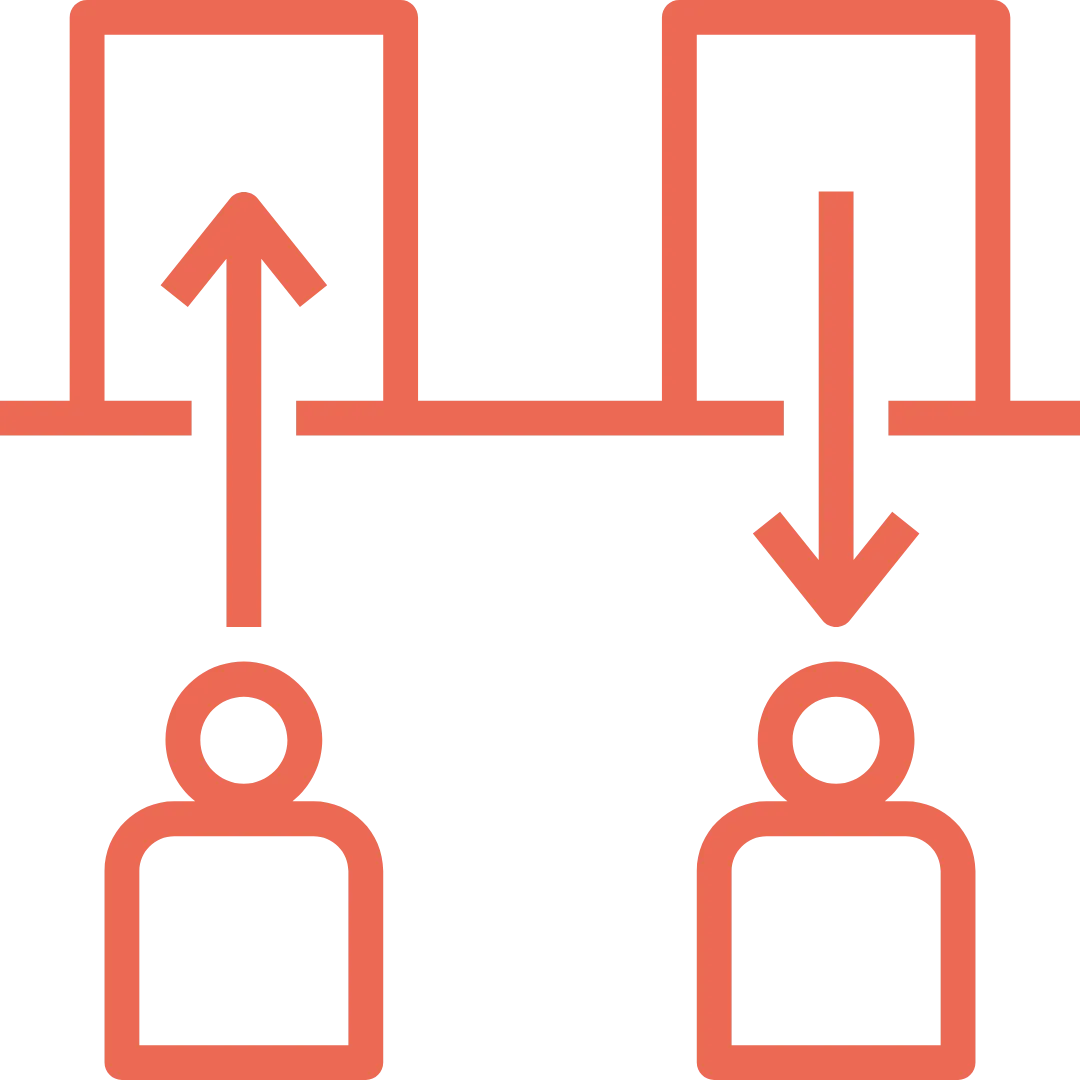
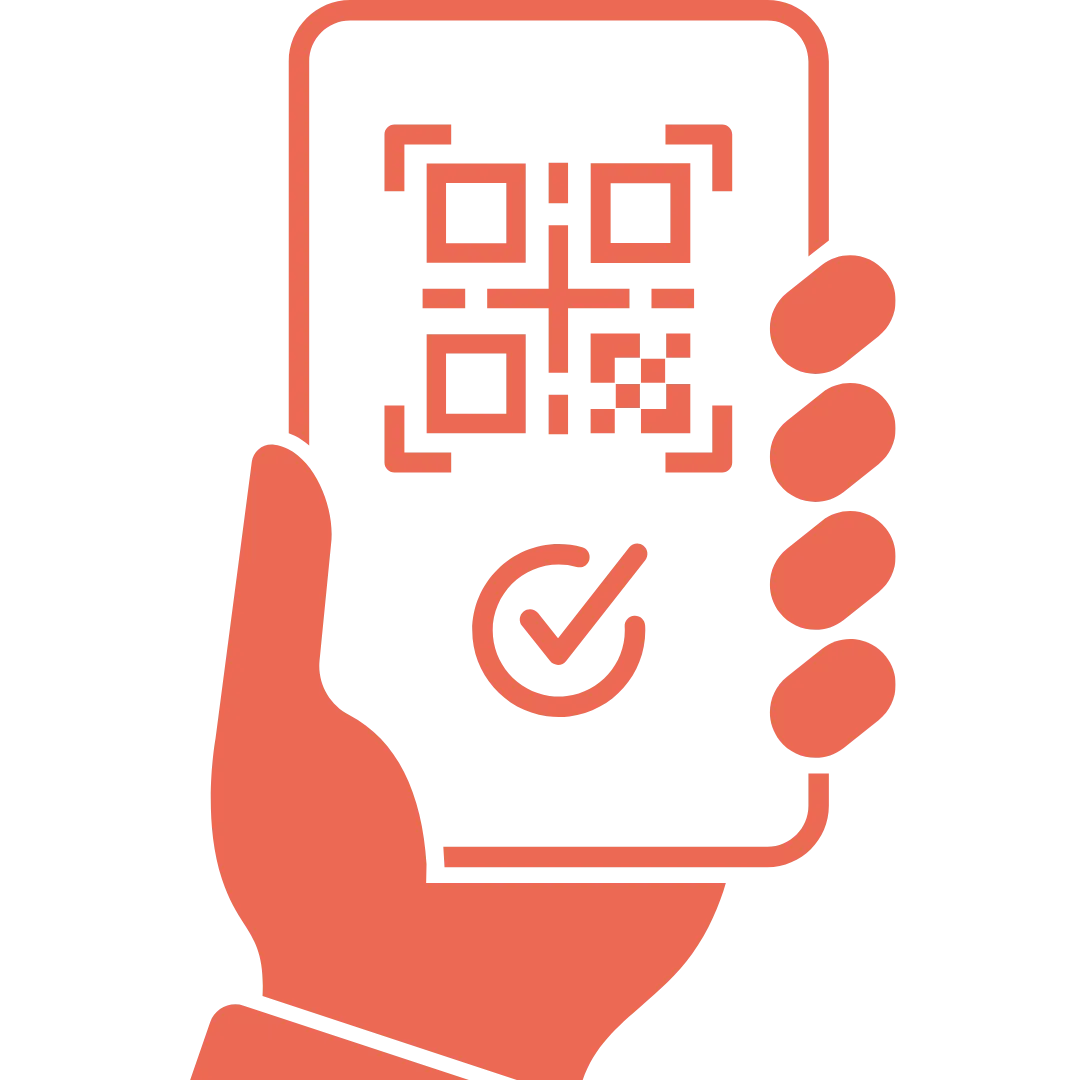








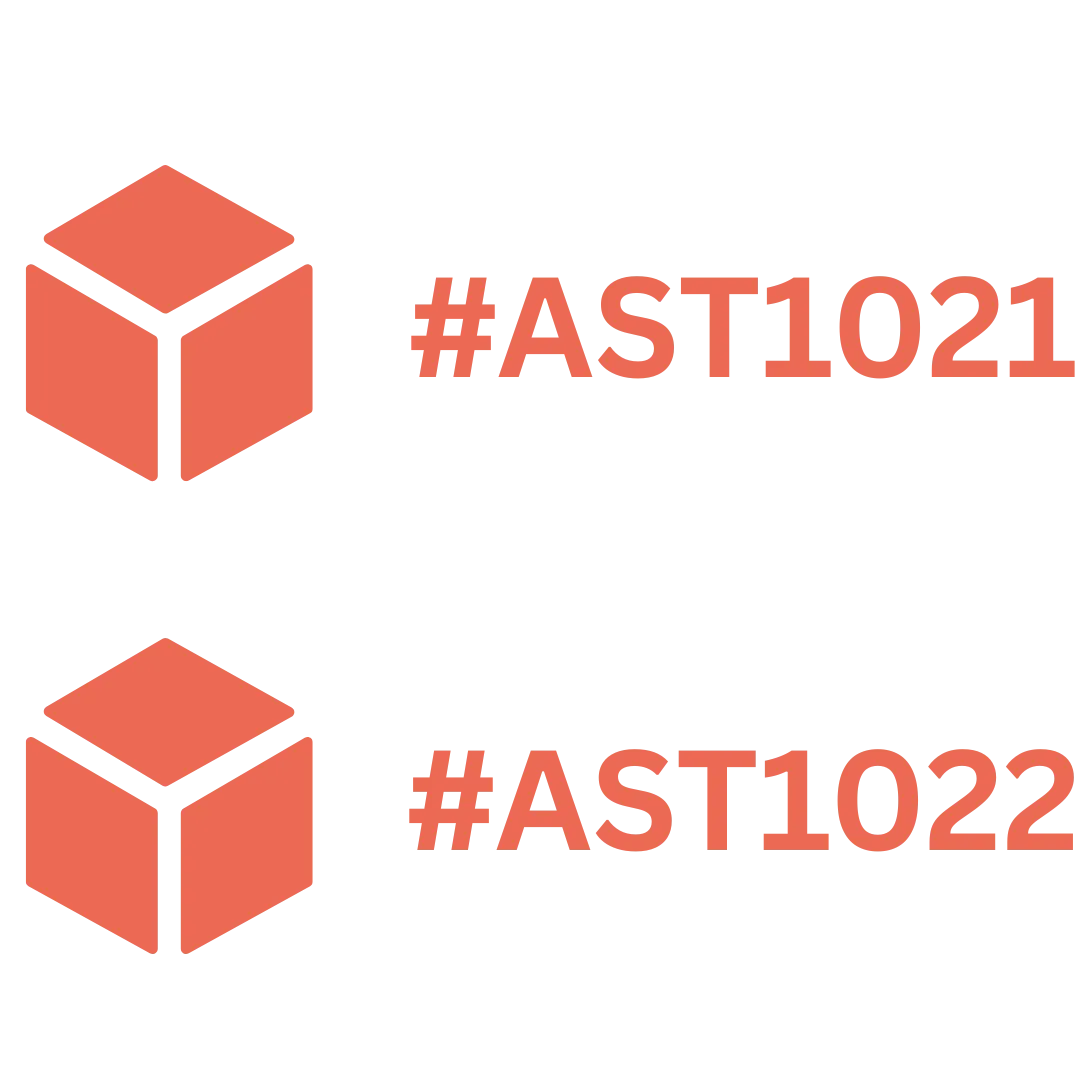


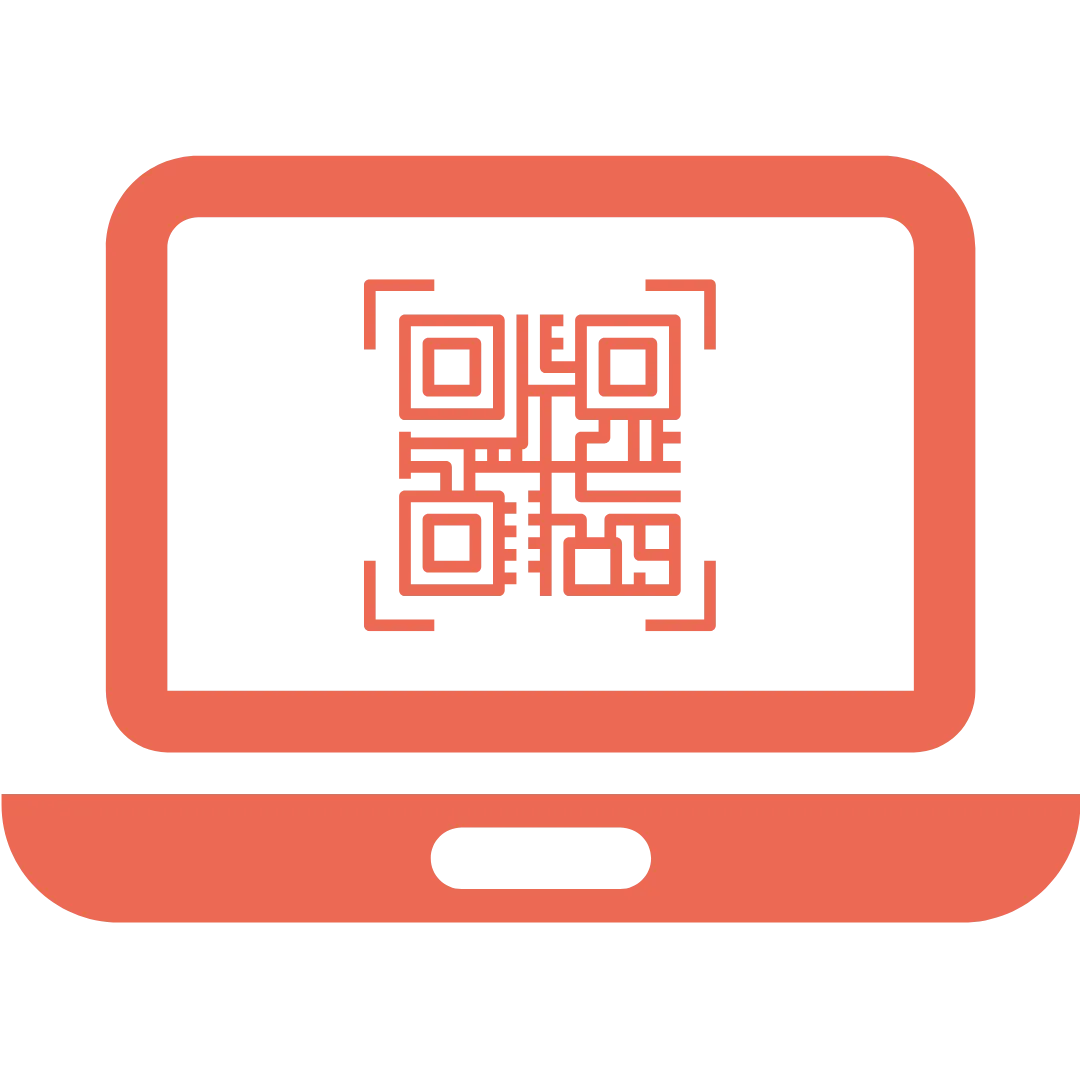


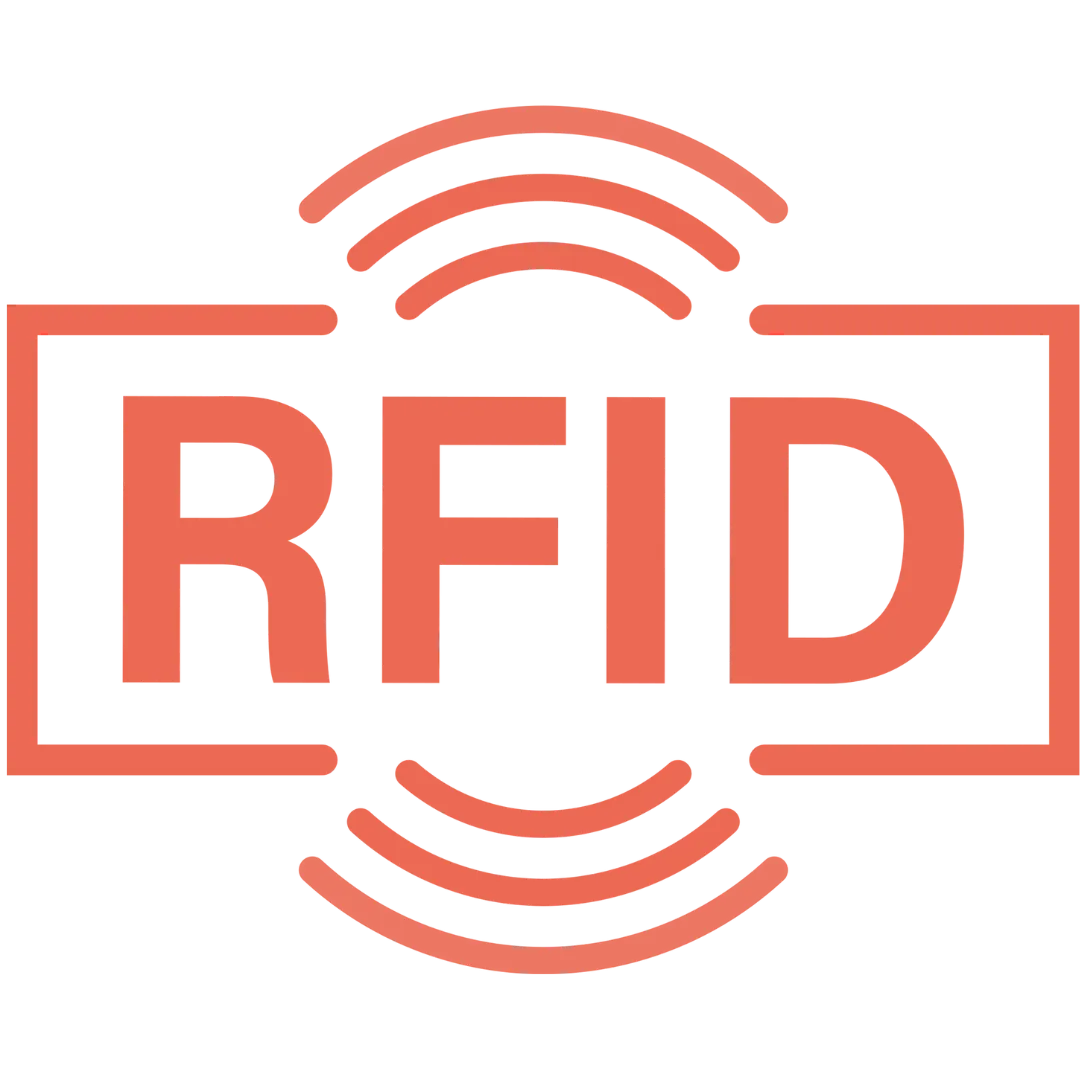

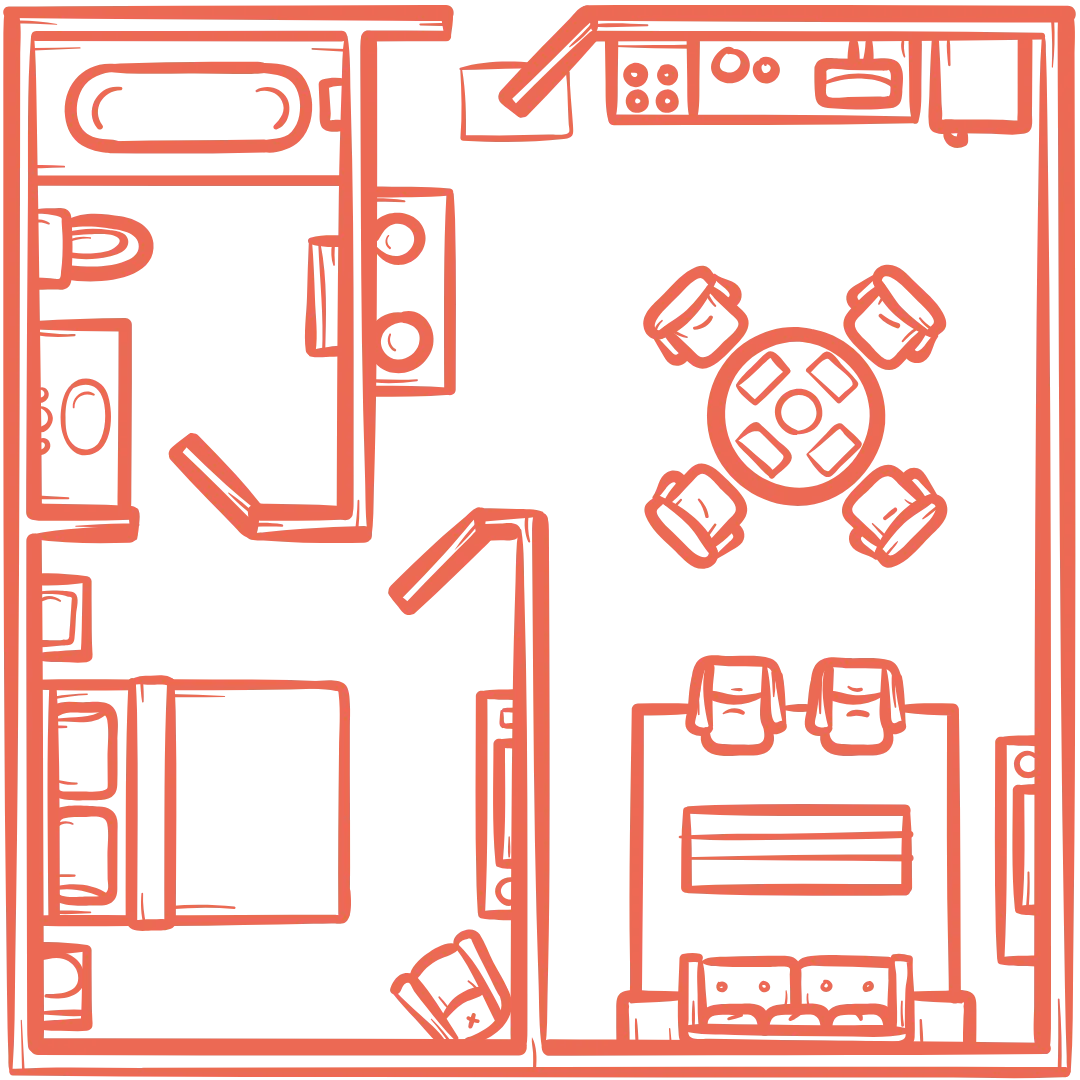




























.webp)
.webp)
.webp)
.webp)
.webp)
.webp)
.webp)
.webp)
.webp)

.svg)




.webp)
.webp)











































.png)
.webp)



















